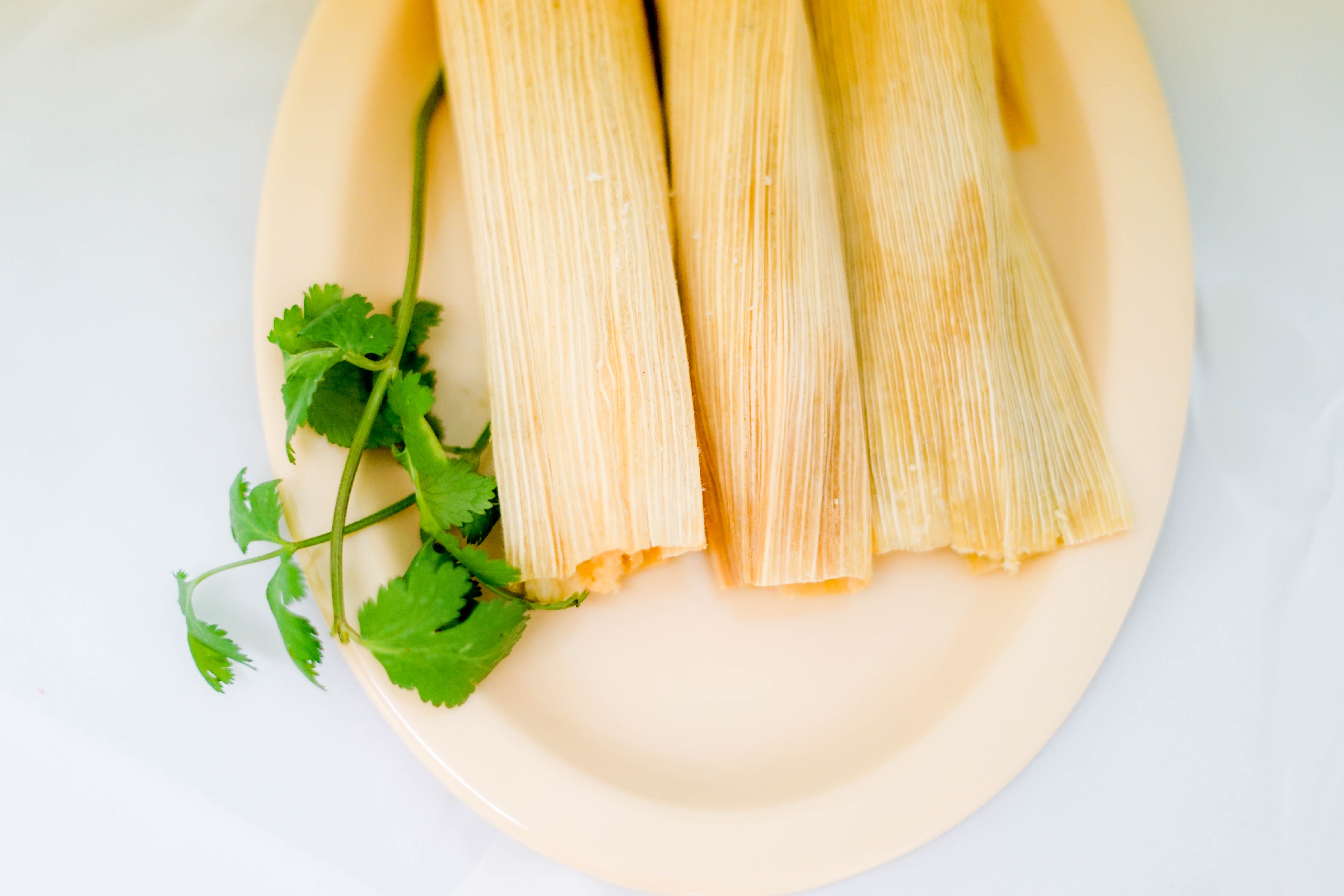The piquant scent of chili-filled tamales is no stranger to me. Every Christmas season for as long as I can remember, my grandparents host all of our relatives to participate in an informal “tamale making and eating day.” However, this tradition began long before my limited memory, surviving and bonding generations of Gonzalezes, Gutiérrezes, Luceros and now Chavezes. Escaping the biting winters of New Mexico, we pile into my grandparents’ warm and weathered kitchen to prepare these time-consuming yet time-passing delicacies. Laying witness to decades of this tradition is every chip in my grandparents’ tabletop; every crack in their wooden cabinets serve as our Rosetta Stone, each etching providing us with a window into the past. After relentless hours spent hunched over a crowded table, with hands, backs and voices tired from endless chatter on bottomless subject matter, we select the prize-winning tamales to be given as gifts while the others’ destiny lies in the pits of our growling stomachs.
A well-composed tamale is a work of art; therefore, its preparation is a detailed and demanding routine to follow. Due to her extensive experience, my grandmother assumes the role of our expert conductor.
The first movement involves the slow-roasting of pulled pork, the composition of masa (tamale dough) and the creation of a festive “Christmas-style” chili sauce, meaning a colorful mixture of green and red chili.
After significant advancement by both hands on my grandmother’s ancient clock, the second movement is afoot. In this stage, one prepares the ojas (corn husks) with thorough cleaning and storage in water, making them perfectly pliable for the allegro assembling of all the components. While doing so, one should observe and mimic the master’s meticulous spreading of masa, avoiding the ojas’ edges, to ensure a snug seal of the savory envelope.
Leading into the third movement, the crescendo, one arranges the prepared pockets in a tamalera (a tamale steamer) and polishes them off with a presto boil. Finally, the production is complete.
But I am out of practice. Since my transition to vegetarianism, I have avoided participating in the art, abandoning my ancestral apprenticeship. Out of my entire extended family, I am the only member not to partake in this custom; while they eat these tamales, grinning gayly with a shared gratification, I sit quietly and eat my own food.
But, the choice was mine. I willingly donned the black sheep-skin coat. I knowingly cast myself aside, putting myself and my values above this family tradition. And just like Newton astutely observed, every action has an equal and opposite reaction: mine being that my connection to these tamales never took root. My Hispanic heritage left neglected and withering. Even more, there are no more remnants of my mother’s family in my name — the culprit of their afflicting exhumation being my father’s German-surname “Stock.” Unfortunately, the fatal combination of my decisions and inevitable circumstances seal the fate of my Hispanic culture. To the Chavezes, tamale day is a special occasion of bonding and tradition, but to me, it is a reminder of what I have lost: my culture, my name, myself. I silenced the symphony.
